Brazilian Archaeologist Wins International Hypatia Awards 2020
| Interview with Niède Guidon, by Adriana Negreiros Campos, Elisabeth Gomes de Matos Medeiros, Gisele Felice Daltrine, Iná Rosa and Vanessa Kraml |
The archaeologist Niède Guidon gave us an interview (fig.1), telling us a little about her journey. She dedicated herself to the valuation of cultural heritage, especially the preservation of the paleontological and archaeological heritage of the Serra da Capivara National Park, created at her request in 1979, in the region of São Raimundo Nonato, Piauí, in northeastern Brazil (fig. 2 and 3). It was recognized as a World Heritage Site by Unesco in 1991.
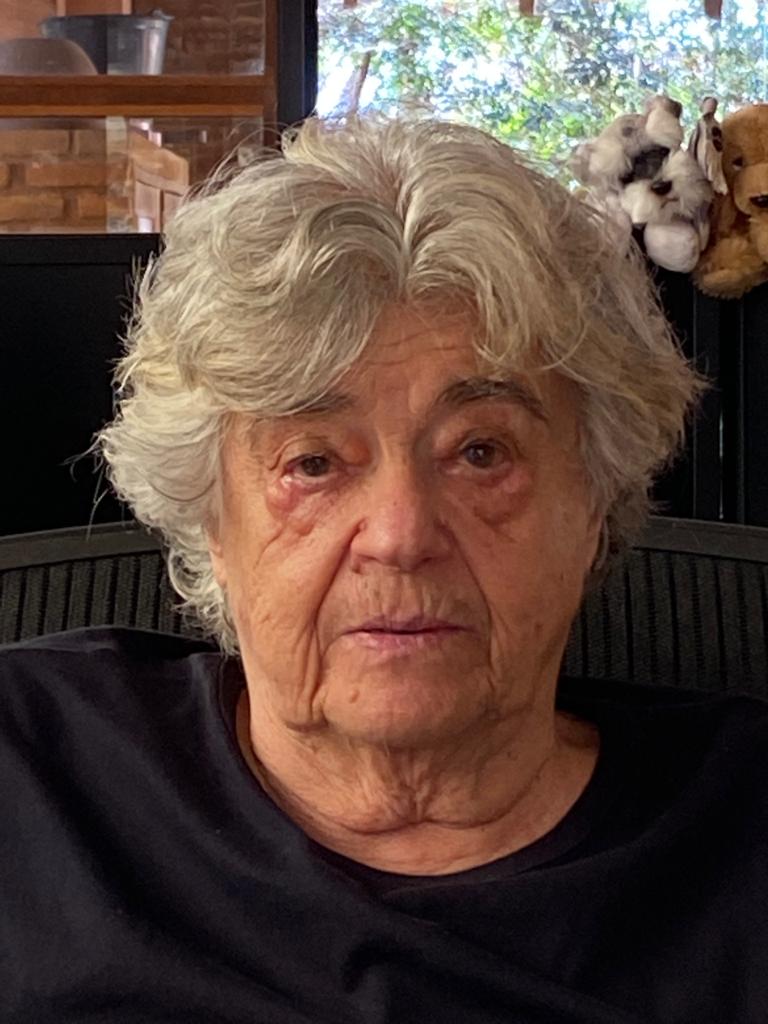
Fig.1. Niède Guidon, 2021 (Photo by Elisabeth Gomes de Matos Medeiros).
Niède is 88 years old [1]. She was born in São Paulo and moved to the state of Piaui 50 years ago, where she developed a remarkable work in the National Park, focused on research, preservation and archeological discoveries that made her known and respected worldwide. Given the importance of the site that also made her notable, this archaeologist accumulated many honors at national and international levels. [2]
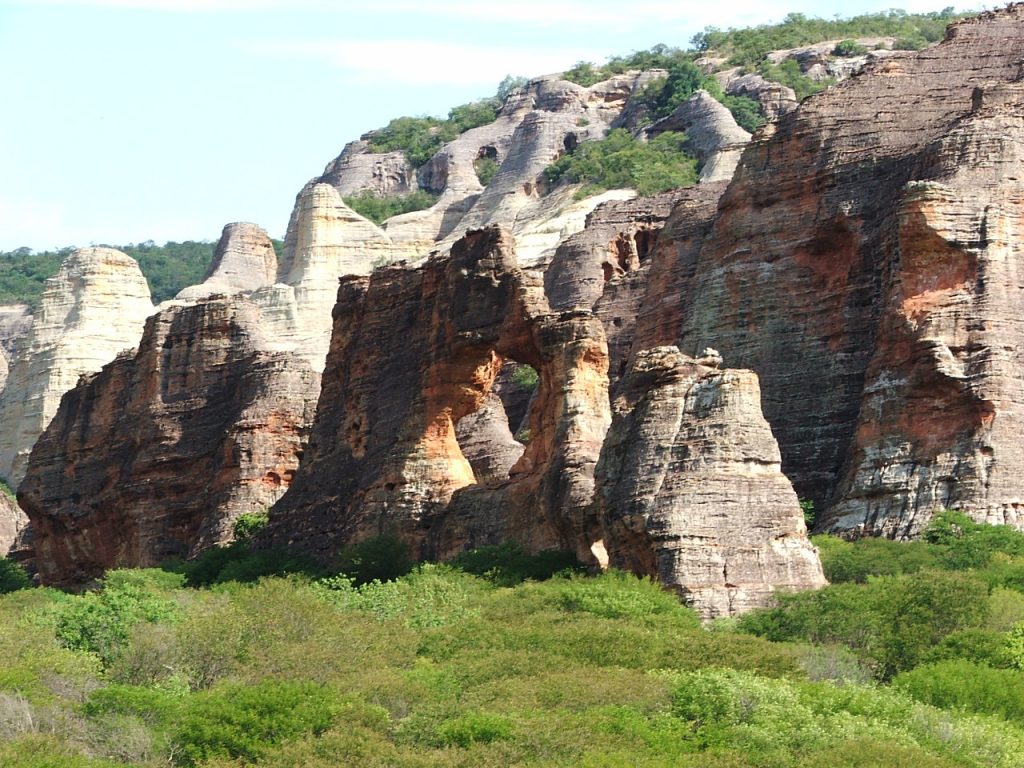
Fig. 2. Partial view of the Serra da Capivara National Park, 2005 (Photo by Manoela Rufinoni).
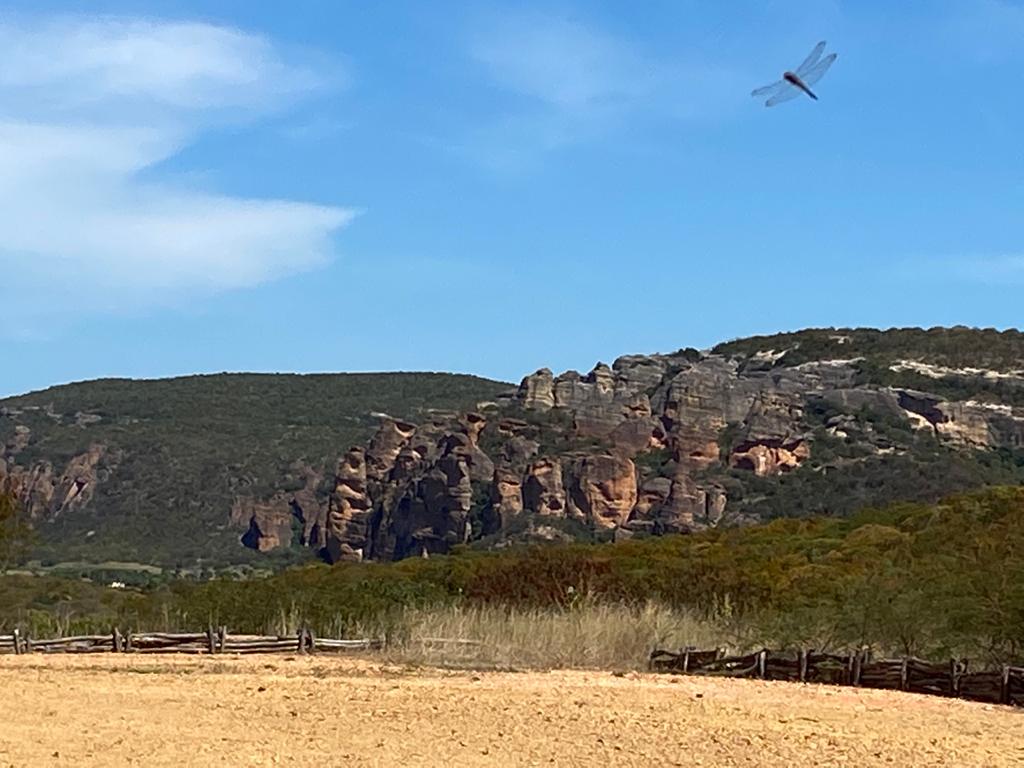
Fig.3. Partial view of the Serra da Capivara National Park, 2021 (Photo by Elisabeth Gomes de Matos Medeiros).
Her most recent recognition was the Hypatia Awards 2020, granted by the Confederation of International Centers for Conservation of Architectural Heritage – CICOP as a reward for her scientific and social achievements along with nine other scientists from around the world who have excelled in various fields of knowledge. The award was announced via videoconference during the Biennale of Architecture and Urban Restoration (BRAU5), held in Italy between April and May 2021 (fig. 4). Among the awards Niède has received are also the title of Knight of the French Legion of Honor Légion D’Honneur, given by the French government, and the Grand Cross Award of the Order of Scientific Merit, conferred by the Brazilian Ministry of Science, Technology and Innovation.
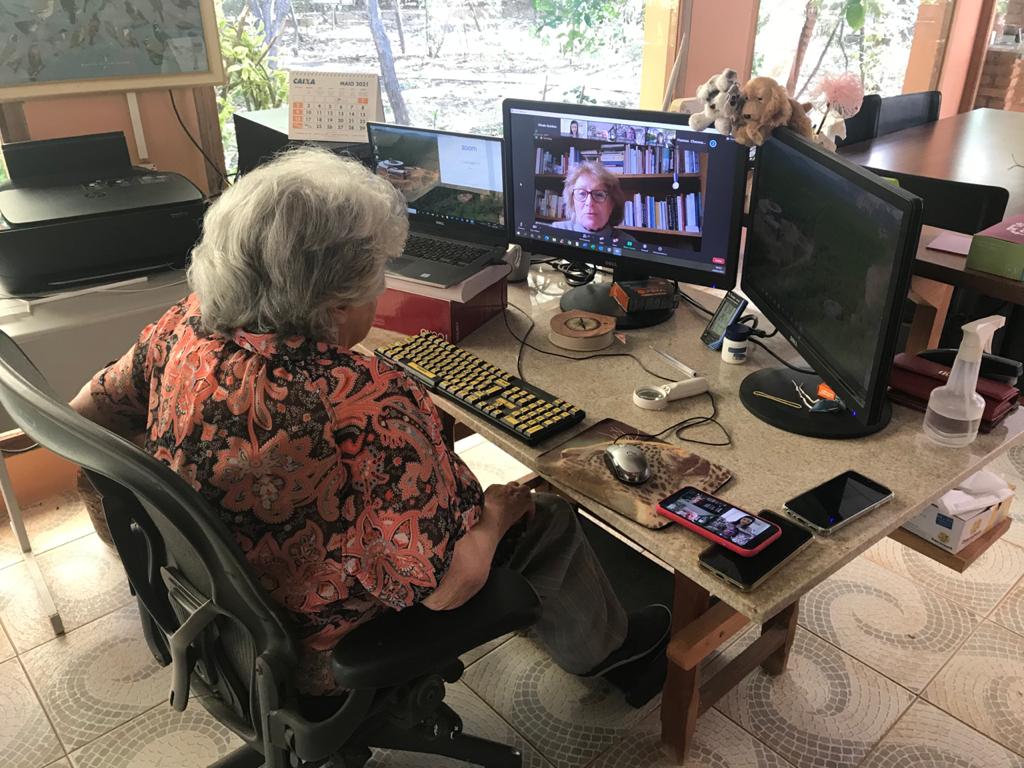
Fig. 4. Niède Guidon with Nina Avramidou, president of CICOP.Net Confederation – CICOP Italy, April 2021 (Photo by Elisabeth Gomes de Matos Medeiros).
It is important to mention that the Serra da Capivara National Park has an area of 129,140 thousand hectares, with a perimeter of 214 km, and hosts the manifestations of cave paintings that date back to the first human presences in Brazil (Figs 5 and 6). According to Fumdham, “as of 2018, more than a thousand sites with prehistoric cave paintings and engravings have been registered, indicating one of the largest concentrations of prehistoric sites in the world per square kilometer.” [3]
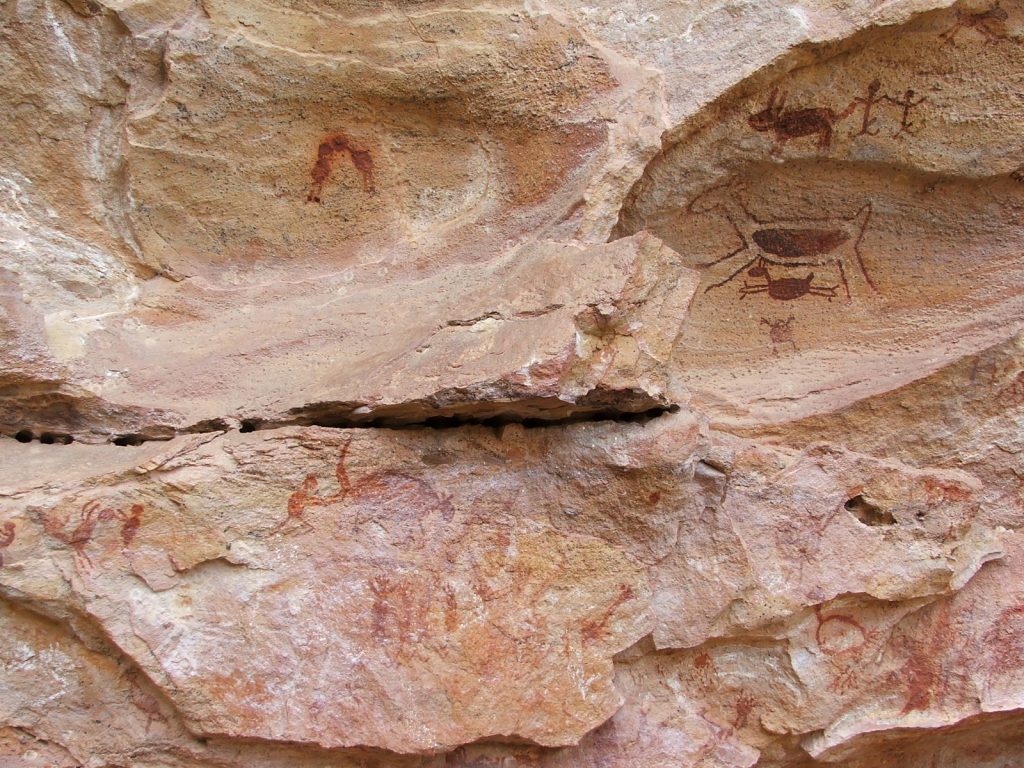
Fig. 5. Rock Paintings of the Capivara that gave name to the Park, 2005 (Photo Manoela Rufinoni).
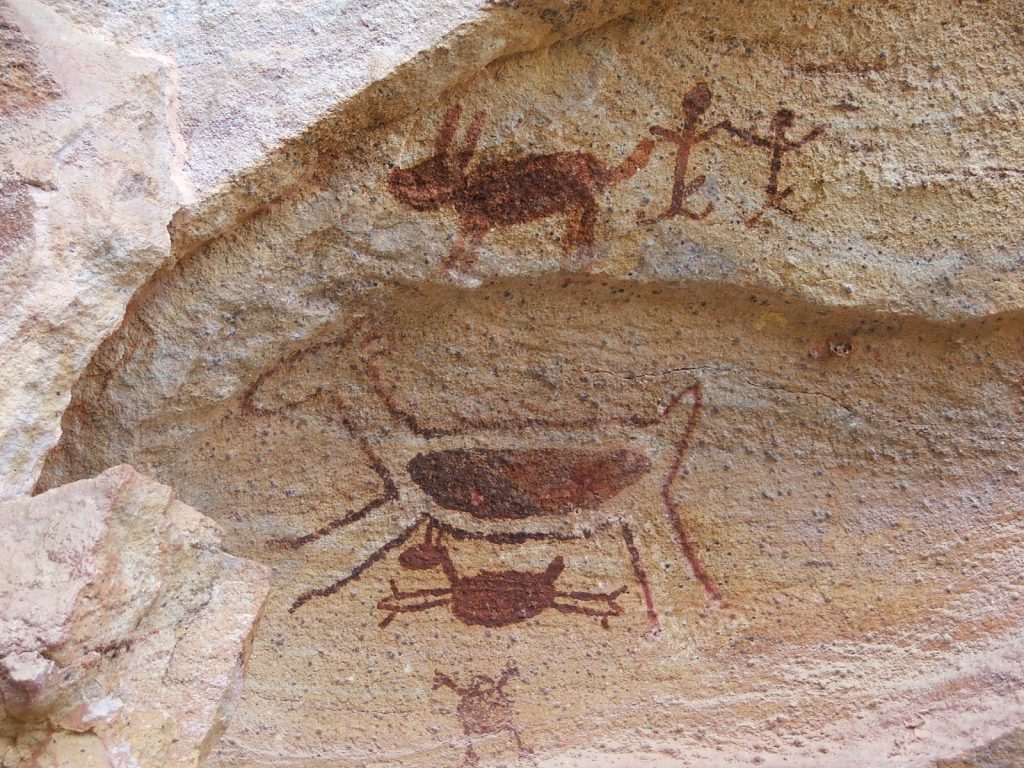
Fig. 6. Detail of the Capivara painting that gave the Park its name, 2005 (Photo by Manoela Rufinoni).
Since its foundation, it has been managed by the Brazilian Institute of Environment and Renewable Natural Resources (IBAMA), later Chico Mendes Institute of Biodiversity (ICMBio), whose partnership has not yet been renewed in 2021. Since 1989, however, it has shared management with the Museum of the American Man Foundation (Fumdham), founded in 1986 and led by Niède, who is currently Director Emeritus and President.
As a pioneer female archeologist, in addition to her extraordinary scientific contribution, she was also responsible for initiatives in the economic, social and educational fields. She was also committed to the professional qualification of the people in the region surrounding the Serra da Capivara National Park, in order to promote sustainable development and the life quality improvement of the population.
Niède points to the current situation, which is characterised by the negligence of the government, whose funding cuts pose a major threat to the future of the park. Among the partners of Fumdham; however, she highlights the Vale Cultural Institute, which has contributed to the reopening of the Nature Museum, and the Museum of American Man in the post-pandemic period through the Federal Law for Cultural Incentive. She also shows us that despite all the progress made in the region, there is still much to be done. Given her realistic and gloomy assessment, her speech still gives us hope.
RR – Every victory means recognition and a starting point. Being one of the winners of the Hypatia Awards 2020, a global honor, how do you evaluate the importance of the maintenance of conservation policies and the continuity of Fumdham’s research?
NG – Now there is nothing more to be done. For the current government, the preservation of the patrimony is no longer an interest. The interest now is to give the park to third parties, and concessions for public use. The foundation had more than 100 employees working in the park, now it has none. Our partnership with ICMBio is over; we only have a few grants left for specific work and the money we received this year was practically for research. For a little over two years now, the number of people working to maintain the park has been declining. First Fumdham was stripped of control of the watchtowers, then a large number of the women, the “guariteiras”, who were family providers through their jobs at the sentry boxes, were fired. Now, the rest of the women, most of whom are illiterate, may be fired, and the men, who rarely stayed at the faraway watchtowers, will be hired again, preferring to sleep at home, leaving the sentry box unmanned or bringing girlfriends to stay with them at the sentry boxes. This is very sad.
RR – The creation of the Serra da Capivara National Park in 1979 and its recognition by UNESCO in 1991 as a World Heritage Site have brought significant transformations in the life of the local population. What evidence of changes can be found in the region with the installation of the Park?
NG – The changes were important and are easily recognized. In this region, there was no way to make a living other than growing crops and hunting for sustenance. The goal was to survive.
Archeological research brought jobs to the region and provided technical skills to the residents of the communities around the park, working with the researchers. Today, these professionals are technicians who join teams and handle tasks such as topography, photogrammetry, and excavation at the sites.
One social project developed by Fumdham was the Community Support Centers (NACs). It took place in the early years of the park and was funded by the IDB, an Italian NGO (Terra Nuova), the Oswaldo Cruz Foundation and the Brazilian Government with educational grants. These NACs were composed of schools, health posts and economic activities. Even for a short period of time, this project enabled a better quality of life and a perspective for a better future for these surrounding communities. Five schools were built around the park, educating more than 700 boarding and semi-boarding children. These schools provided room and board.
“Sítio do Mocó”, the first NAC, is located in a village of 250 inhabitants where beekeeping is practiced, trained and equipped by Fumdham. Today, there are more than 100 beekeepers in the village. “Barreirinho” was the second NAC where the Serra da Capivara Ceramics factory was established, which today employs the local population and serves national and international trade. There were three other schools in the area, one in São João Vermelho, one in Alegre and another in Serra Vermelha. Today, none of these schools are in operation. The Cardoso government decreed that funds for education should not be given to NGOs, but should be left to local governments. Many of these students are now in the job market, have studied at the University of Archeology and Nature Sciences at UNIVASF and remember the schools in the park.
Fumdham opened up opportunities for women to work in a region that barely had employment for men. It trained and employed men to work as guides and assistants in the excavations.It carried out social projects with Pró-Arte (Pro-Art), which helped the town’s children with their schoolwork with supplementary lessons and art education. Fumdham also fought for the Federal University of São Francisco Valley to come to the region, which now has several degree programmes including archaeology, nature sciences, anthropology and chemistry.
The changes were important and only those who have seen what the cities were like before the park existed can appreciate how great the changes in the region were.
RR – All research needs to be disseminated and appropriated by the public to fulfill its social function. In this sense, which Heritage Education projects are developed in a formal and/or informal way in the region of Serra da Capivara?
NG – In the first place, apart from exhibiting the results of the work done, museums play a social role by informing and giving access to the population about the origin of the world and humanity. Parallel to this we have lectures that are given by the researchers, there is a scientific journal of Fumdham, the Fumdhamentos, and we publish books, such as the three-volume Synthesis with articles from the work of the last 40 years of research. Articles are also published in specialized magazines.
Today we have other vehicles with Instagram from the two museums. #museudanaturezapi and #museudohomemamericano, where news and storeys about the museums and the Fumdham are posted. There is also the Fumdham website www.fumdham.org.br.
RR – The research carried out at the Boqueirão da Pedra Furada site has transformed the theories about the occupation of the American man. What resistance does this theory still face, and how can continued research corroborate your thesis?
NG – There is no longer any resistance, even in the United States, where they discovered a site older than Pedra Furada. I mean, today everyone knows that man arrived in America much earlier.
RR – Musealization is an essential part of the process of researching and enhancing cultural heritage. So what is the significance of the Museum of American Man and the Museum of Nature? Are admission prices affordable to the local public, researchers, and tourists? Are there special visitation programs for each group? What days and times are they open? Are the museums prepared to welcome people with disabilities?
NG – Museums are not only able to teach everyone about local history, but are also responsible for disseminating the results of research carried out in the region.
There is an inclusion policy for schoolchildren and students, with the right to half admission. Admission is free at the Museum of the American Man, and free on Wednesdays for students in all public schools. Prices are listed on the website. The Museum of Nature is open from 1pm to 7pm and costs R$30.00 for full admission and R$15.00 for half admission. The entrance to the Museum of the American Man is R$20.00 full and R$10.00 half and is open from 9am to 5pm. Groups of more than 10 people may receive a discount upon prior request.
Both museums are prepared to receive wheelchair users. We are currently providing accessibility for the visually and hearing impaired to the Museum of Nature.
RR – According to the Getúlio Vargas Foundation (FGV), in 2018, the National Park received an average of 20,000 visitors per year. How do you evaluate the tourism potentialities of the park, and what is still missing regarding public policies?
NG – The park has been declared a World Heritage Site by Unesco. All over the world, World Heritage Sites are visited by millions of tourists, but not here because the infrastructure for receiving them is poor. An airport has been built, but there are no airlines, and there is as yet no plan to attract commercial flights. The hotel infrastructure is precarious, as there are only a few hotels, none of which are even 3 stars.
RR – The possibilities for new discoveries at this site are evident. What lines / areas of research are currently being conducted by Fumdham?
NG – There is Fumdham’s global research – Man in the Southeast of Piauí: from prehistory to the present, which includes all the research carried out in the region. Although the work in the park has never focused on the search for the oldest sites, we have always looked for the individual history behind each of the sites. The data collected has been compiled and provides new information or confirms hypotheses made based on previous findings.
Every year we try to excavate strategic sites that can provide more information. At the same time, metrological analyses of the cave paintings are carried out, and three-dimensional records of the painting panels are made so that a precise imagetic collection is created and this valuable archaeological heritage, which is exposed to the effects of the weather and natural wear and tear, is preserved in this way.
RR – The actions carried out in the past and present for the preservation of the paleontological and archeological heritage of Serra da Capivara are results of your life history. How do you envision the future of the region and its legacy for future generations?
NG – I cannot imagine anything because everything has changed. For example, the Foundation that had the funds to take care of the park no longer has any, we are no longer taking care of the fauna, nor the tourist infrastructure, and we don’t know what is going to happen.
The foundation had put up guard houses around the park to control everything, today there are none, which guard houses are working? So the current situation for me is catastrophic.
Research still has resources, but not like it used to, now it’s very little, especially today there are no more people who went to the park every day like I did. When there was a lack of funds I used to pay the employees with my own money so that the work of infrastructure and cleaning the sites would not stop.
Unfortunately, the Brazilian government has not understood that World Heritage Sites around the world are well protected. Although the government here is committed to protecting this heritage, it has done nothing. Now it is privatizing public use, raising doubts about the people who make a living from the park, such as local guides, and about the actions being taken with the surrounding communities. The future is dim.
Interview : May 18, 2021
Prepared by: Adriana Negreiros Campos, Iná Rosa and Vanessa Kraml
Realization: Elisabeth Gomes de Matos Medeiros and Gisele Felice Daltrine
English version: Maria Amanda Martínez Elvir
Serra da Capivara National Park: http://fumdham.org.br/fumdham
We thank Maria Rita Amoroso for her support and incentive to make this interview possible.
Notes
[1] Niède Guidon holds a BA in Natural History from the University of São Paulo – USP (1959) and a PhD in Prehistory from the Université Paris 1 Panthéon-Sorbonne (1975). She is currently Director President Emeritus of the American Man Foundation Museum. She has experience in the field of archeology with a focus on Prehistoric Archeology and works mainly on the following topics: Archeology, Serra da Capivara National Park, Settlement of the Americas, Cave Paintings and Pleistocene. GUIDON, Niède. Currículo Lattes – CNPq. Available from: http://lattes.cnpq.br/7553200716245801 (Acesso em: 29 jun. 2021).
[2] Main honors:
National:
2004: Scientist of the Year Award, from the Brazilian Society for the Progress of Science (SBPC).
2005: Grand Cross Award of the Order of Scientific Merit, from the Ministry of Science and Technology. And, Makes a Difference Award, from the newspaper O Globo.
2010: Tejucupapo Award, from the Revista Nordeste Vinte Um.
2013: Conrado Wessel Foundation Award, in the culture category, for her work at Fumdham.
2017: 30-year Itaú Cultural Award, in the Inspire category, for her trajectory in Brazilian art and culture.
International:
2010: Commemorative medal for the 60th anniversary of UNESCO, for her contribution in the area of research, promotion and preservation of the Cultural Heritage of Humanity. And, gold medal from Herity Italia (Organizzazione per la Gestione di Qualità del Patrimonio Culturale –Commissione Nazionale Italiana), on behalf of Fumdham.
2005: Green Award of the Americas, for the contribution to sustainable development and socio-environmental preservation of the planet. Prince Klaus Award, from the Government of the Netherlands. 2014: Title of Chevalier of the Legion of Honor Ordre National de la Légion d’Honneur, conferred by the government of France.
NIÈDE GUIDON. Available from: https://pt.wikipedia.org/wiki/Ni%C3%A8de_Guidon#cite_note-21 (Accessed on: 07 Jun. 2021).
[3] MUSEUM OF THE AMERICAN MAN FOUNDATION (FUMDHAM). Available from: http://fumdham.org.br/parque/ (Accessed on: 18 Jun. 2021).
Bibliographic References
NATIONAL COUNCIL FOR SCIENTIFIC AND TECHNOLOGICAL DEVELOPMENT – CNPq. Niède Guidon, CNPq researcher, receives international homage in Italy. Apr. 19, 2021. Available from: https://www.gov.br/cnpq/pt-br/assuntos/noticias/destaque-em-cti/niede-guidon-pesquisadora-do-cnpq-recebe-homenagem-internacional-na-italia (Accessed on: 01 Jun. 2021).
MUSEUM OF THE AMERICAN MAN FOUNDATION (FUMDHAM). Available from: http://fumdham.org.br (Accessed on: 07 Jun. 2021).
PIVETA, Marcos. Niède Guidon. Available in: https://revistapesquisa.fapesp.br/niede-guidon/ (Accessed on: Accessed on: 18 jun. 2021).
RODRIGUES, Luan. Niède Guidon wins international award for her valuable work in Piauí. Available from: https://www.geleiatotal.com.br/2021/04/27/niede-guidon-vence-premio-internacional-por-seu-valioso-trabalho-no-piaui/ (Accessed on: 18 Jun. 2021).
UNICAP MUSEUM. Brazilian archaeologist Niède Guidon wins international award for her work developed in Piauí. Available from: https://portal.unicap.br/w/a-arqueologa-brasileira. (Accessed on: 07 jun. 2021).
FAPESPE RESEARCH. Niède Guidon wins international award for her work in Piauí. 23 apr. 2021. Available from: https://piauihoje.com/noticias/geral/niede-guidon-vence-premio-internacional-por-seu-trabalho-no-piaui-362035.html. (Accessed on: 07 Jun. 2021).
SUPER ABRIL. The first Brazilian. Available at: https://super.abril.com.br/ciencia/o-primeiro-brasileiro/ (Accessed on: 07 Jun. 2021).
SOCIETY OF BRAZILIAN ARCHEOLOGY (SAB). Sab congratulates Niède Guidon for international award. 20 Apr. 2021. Available from: https://www.sabnet.org/informativo/view?TIPO=1&ID_INFORMATIVO=1078 (Accessed on: 18 jun. 2021).
Adriana Negreiros Campos
She has a Graduate degree in History and a Master’s degree in archeology from the USP Museum of Archeology and Ethnology. She is Teacher Coordinator for the Santos Municipal Network and works as a teacher trainer. Her research areas are: Heritage Education, Local History, and the inclusion of indigenous and African themes in school curricula.
Elisabeth Gomes de Matos Medeiros
Graduated in Architecture and Urbanism by FAUPE. Master’s and Ph.D. in Archeology from UFPE. For 13 years she has been involved in the archaeological and heritage rescue and monitoring of large works with Petrobrás and public institutions in Brazil. She coordinated the fieldwork, research and inter-institutional relations between public and private agencies involved in the work. She has contributed to the development of new methodologies, both in documentation and in highly accurate methods for excavation records and rock art reports. She is a member of the Fundação Seridó and Fumdham, where she participates in inter-institutional relations.
Gisele Felice Daltrine
Graduated in Geography from UFRG. Master’s and Doctorate in History, specialising in prehistory, at UFPE. She is Adjunct Professor III and Graduate Programme in Archeology at Univasf, collaborating professor of Graduate Programme in Archeology at UFPE, and a researcher in Fumdham. She has experience in the field of Archaeology and Geomorphology, with a focus on Prehistoric Archaeology, working mainly on the following topics: Prehistoric Archaeology, Geoarchaeology, Stratigraphy, Geomorphology and Experimental Archaeology.
Iná Rosa and Vanessa Kraml
Editors of Restauro Magazine



